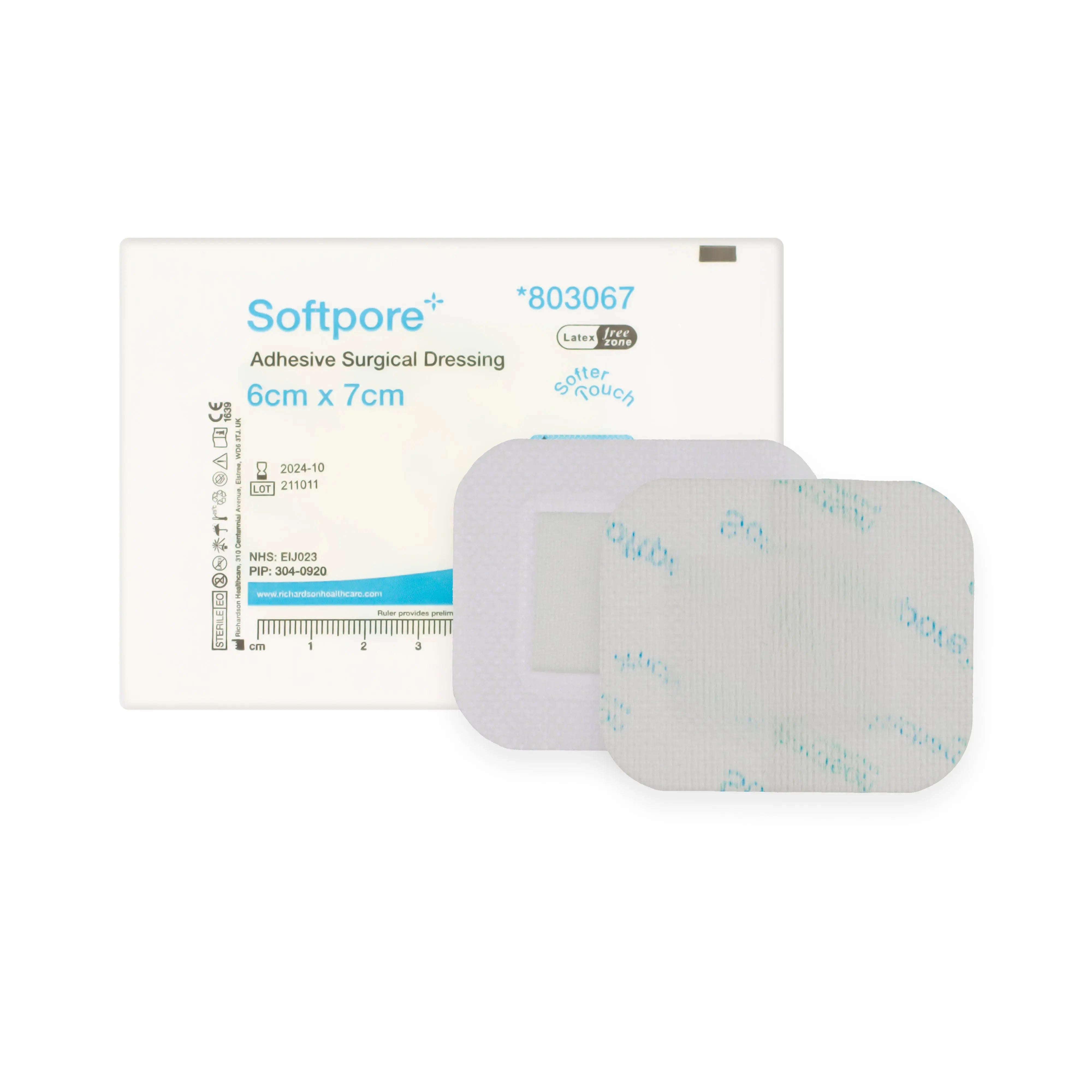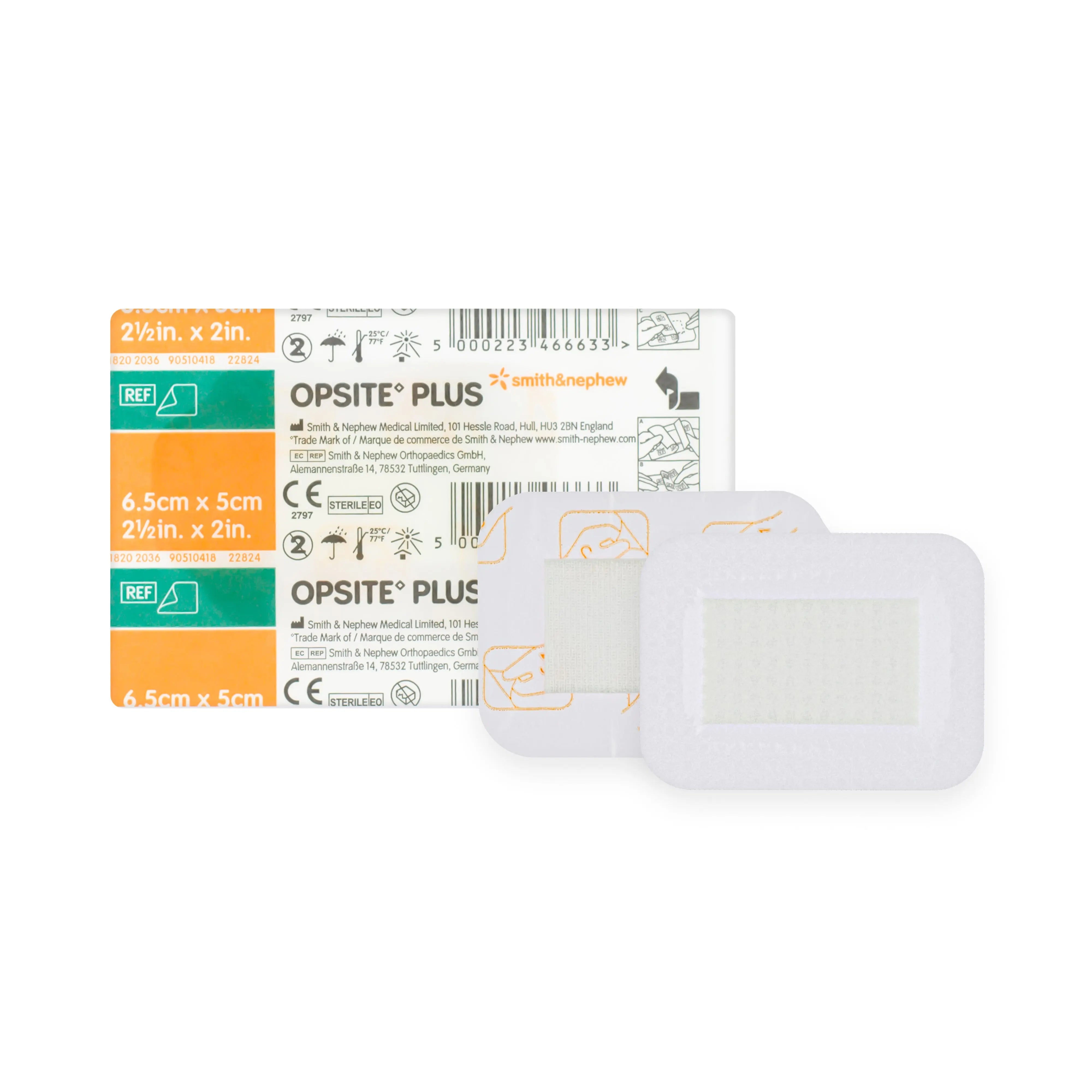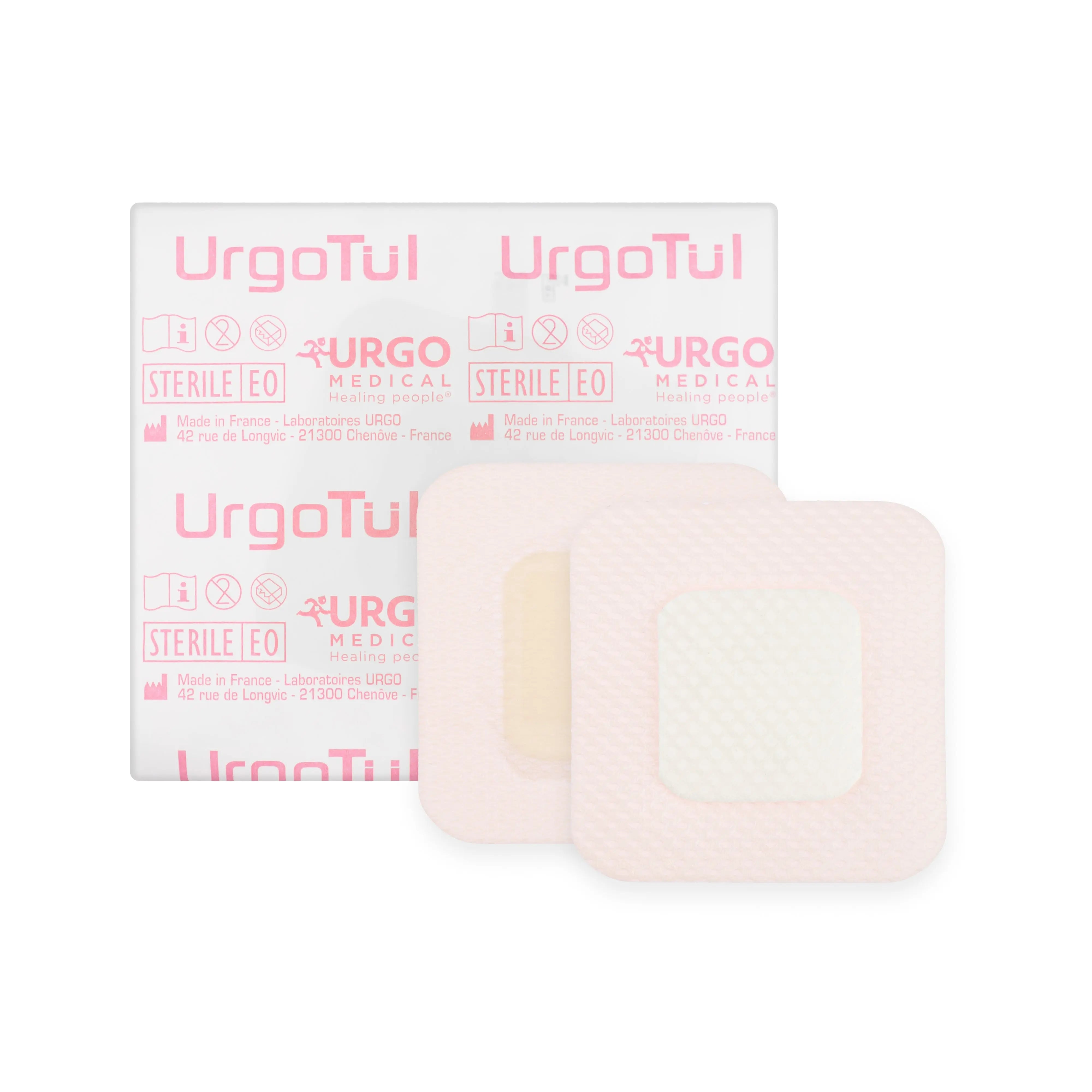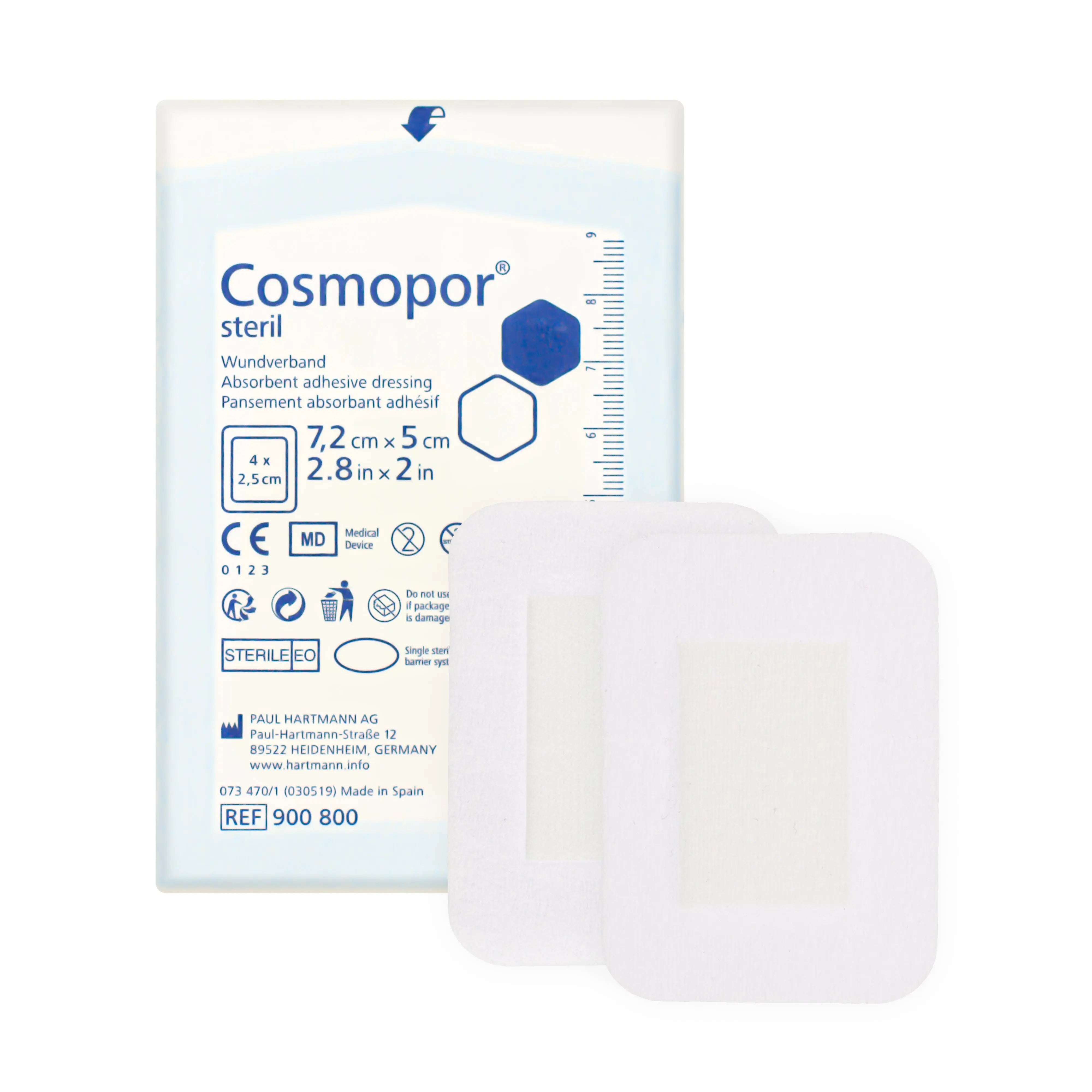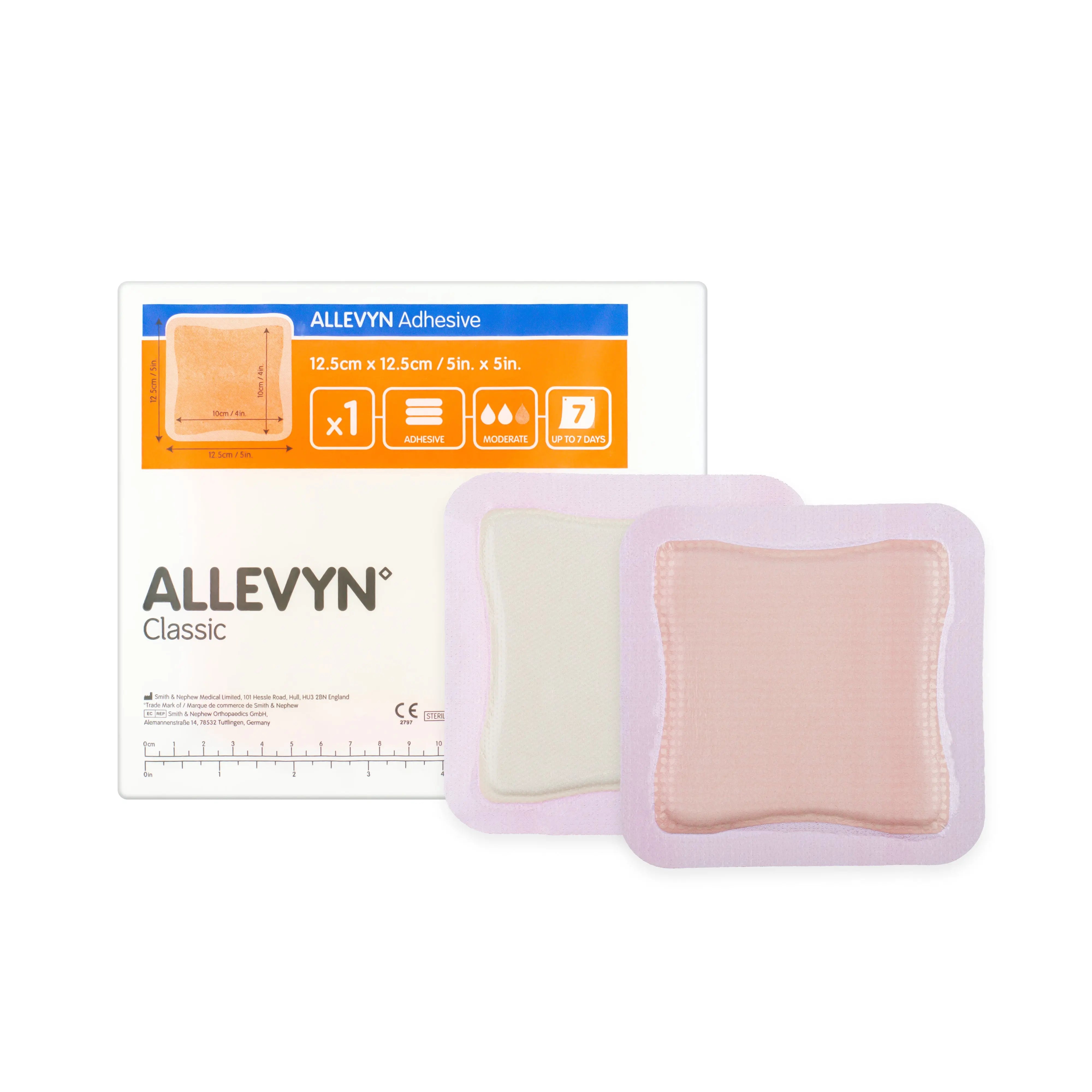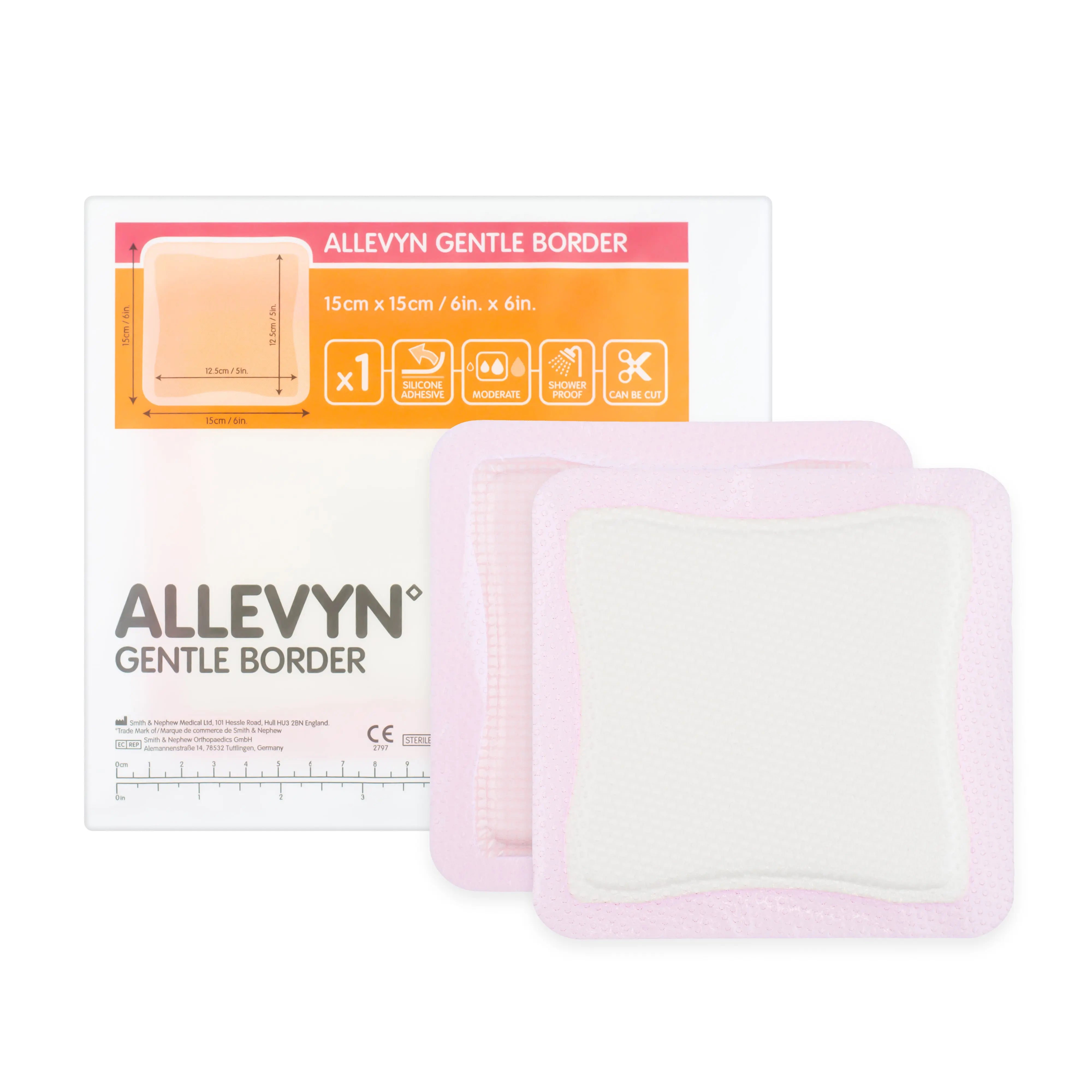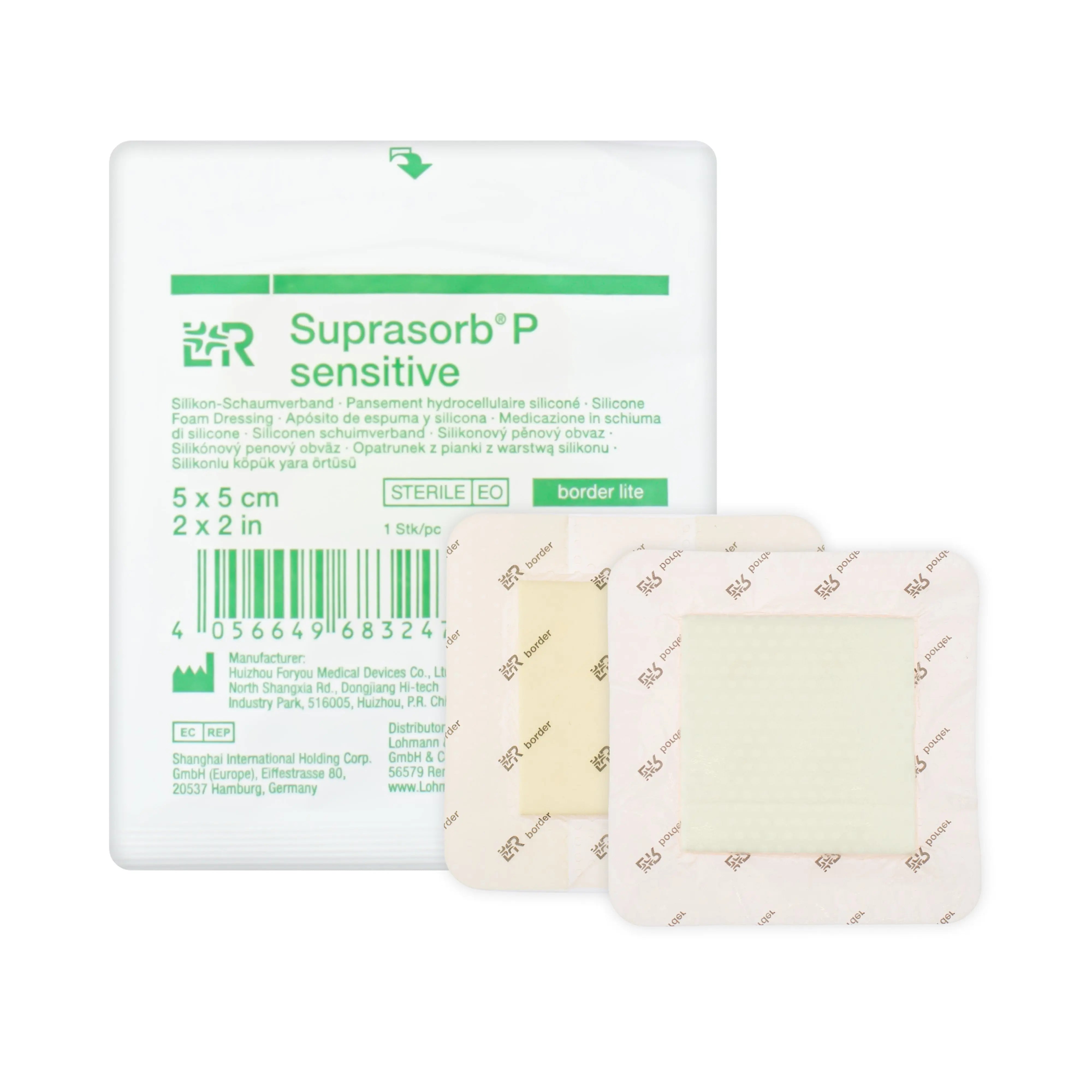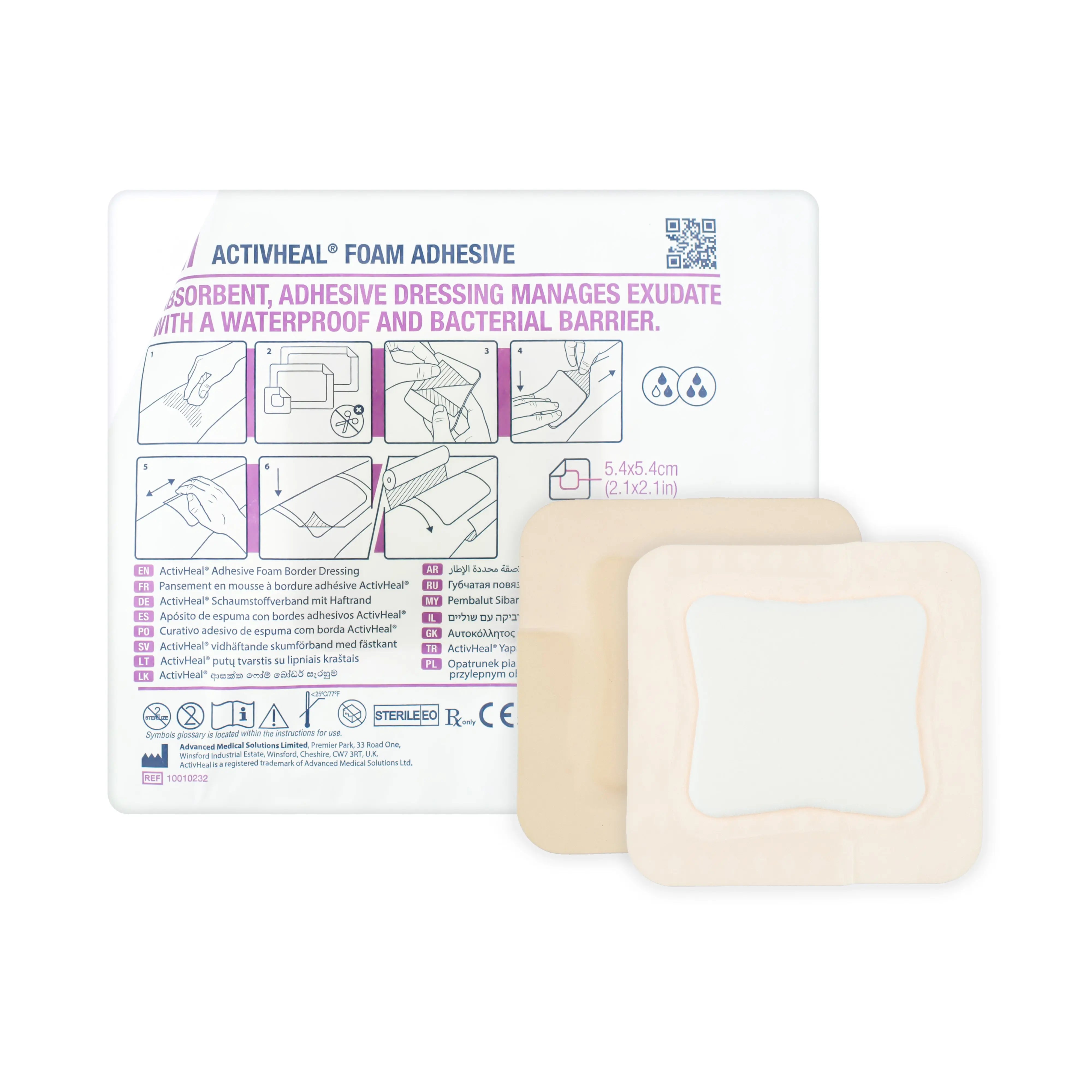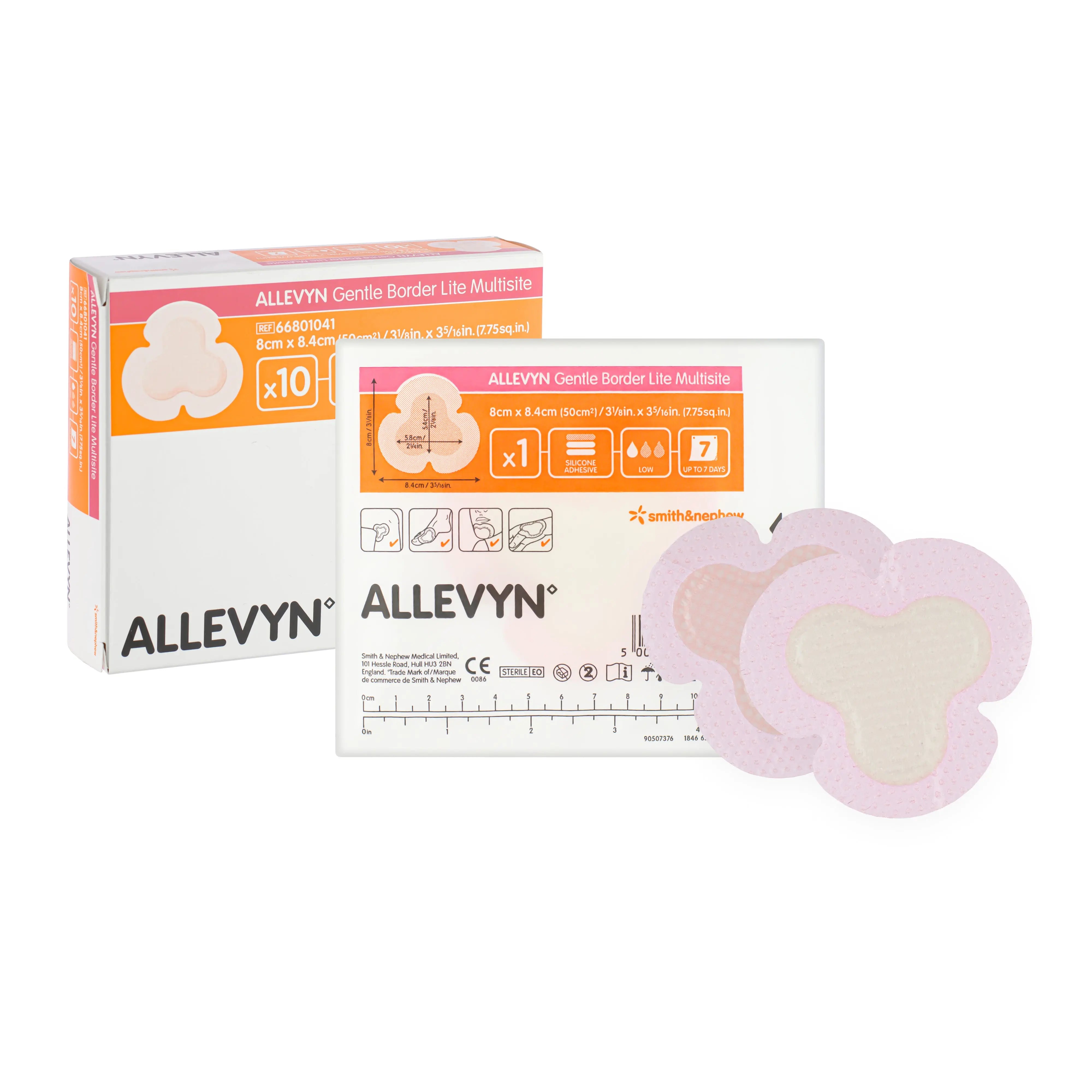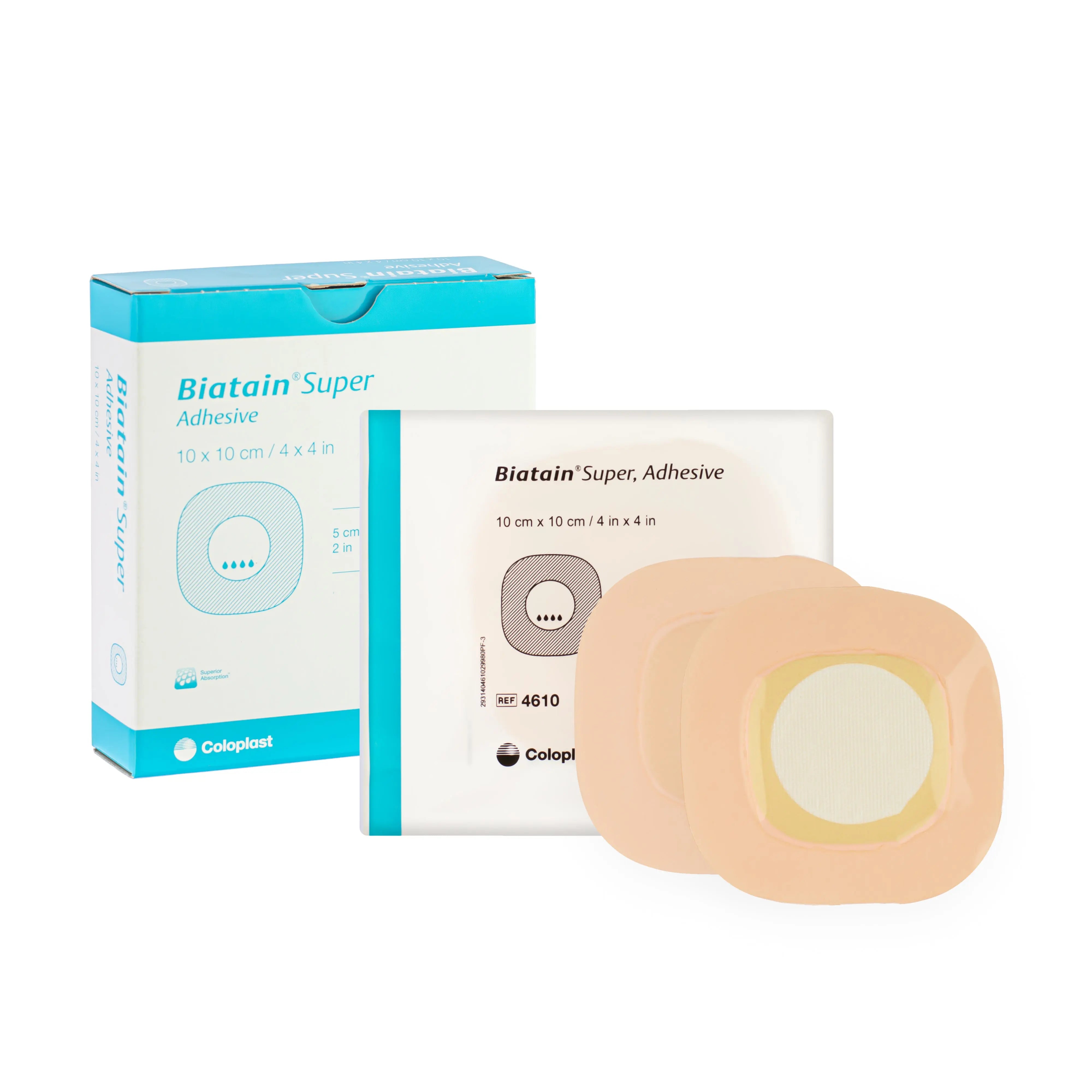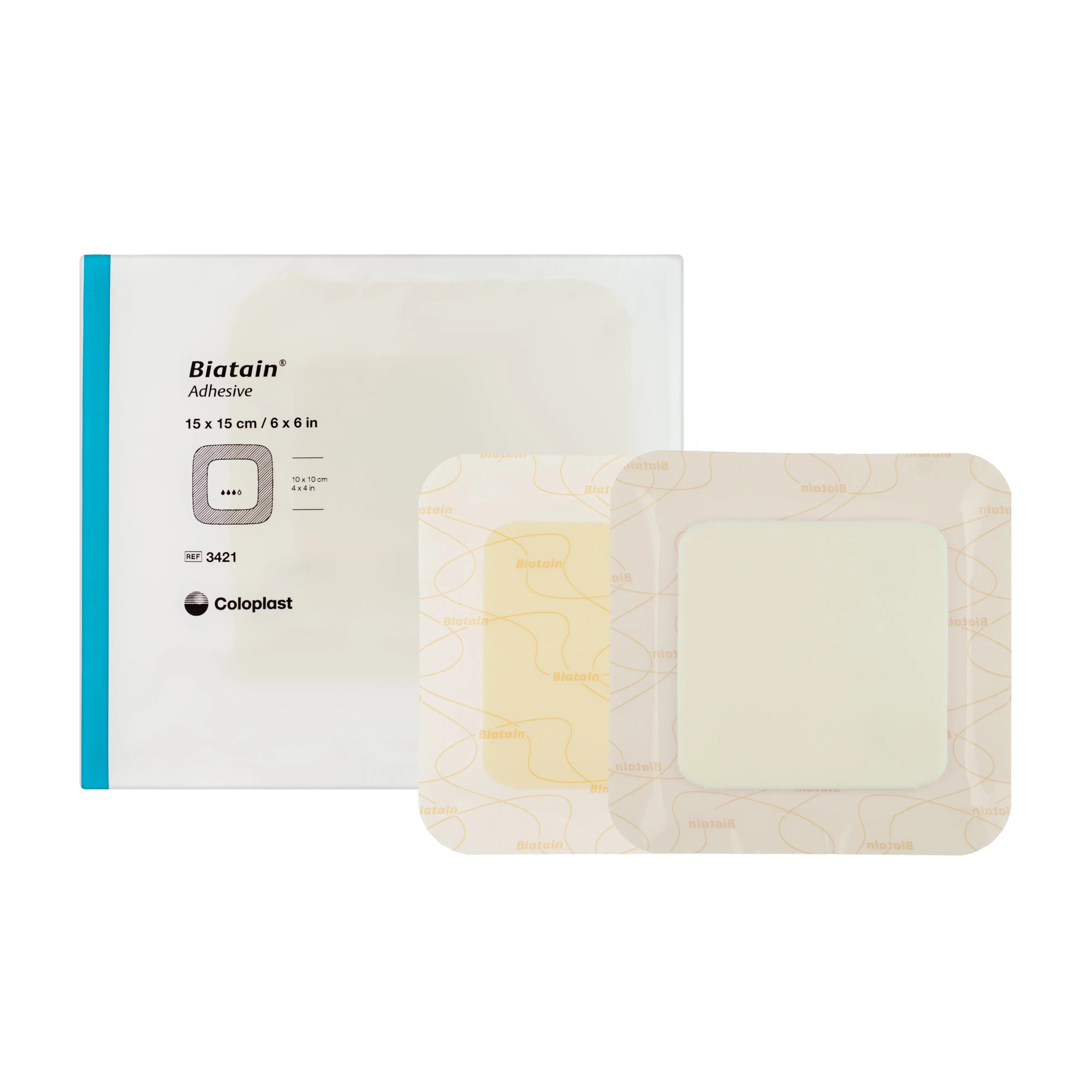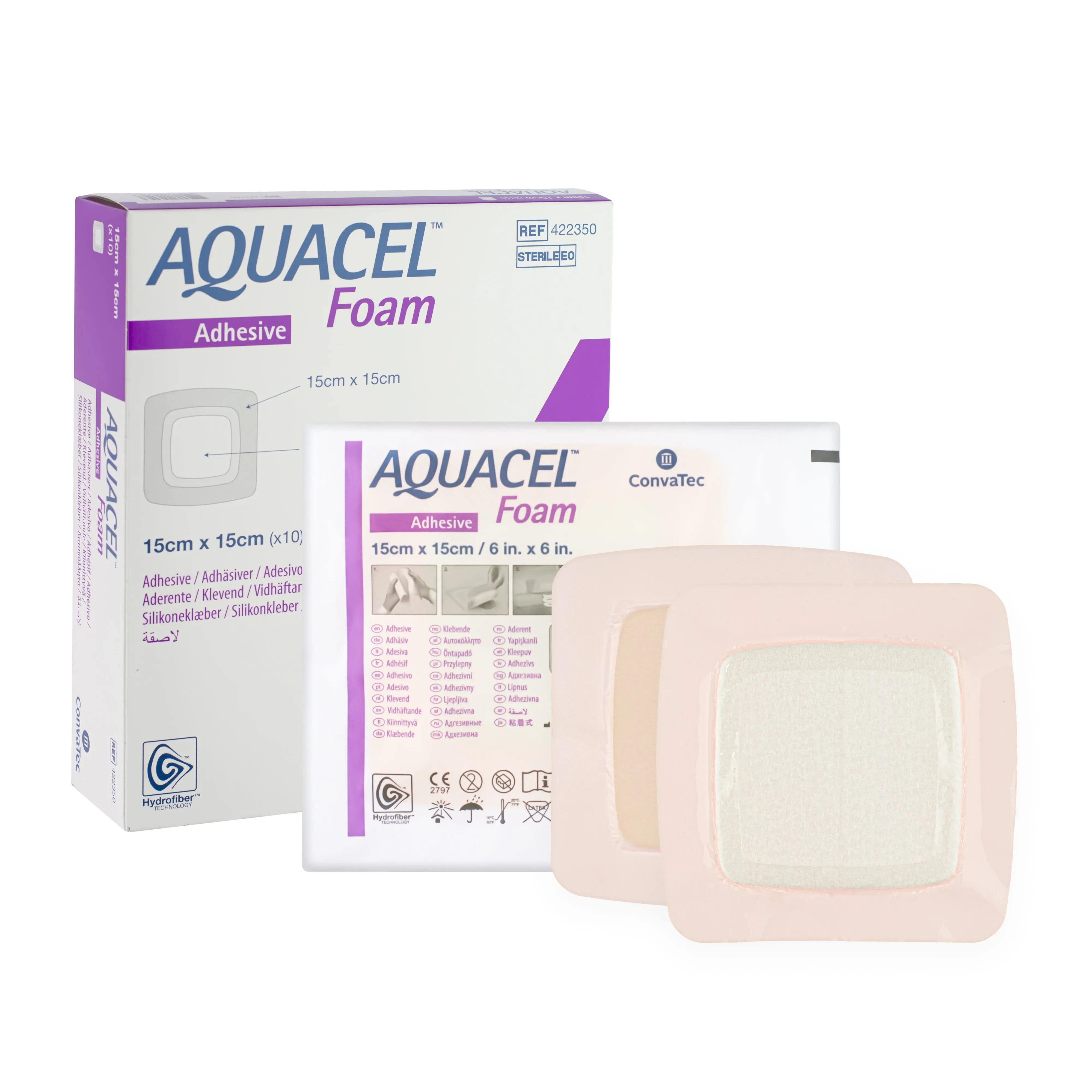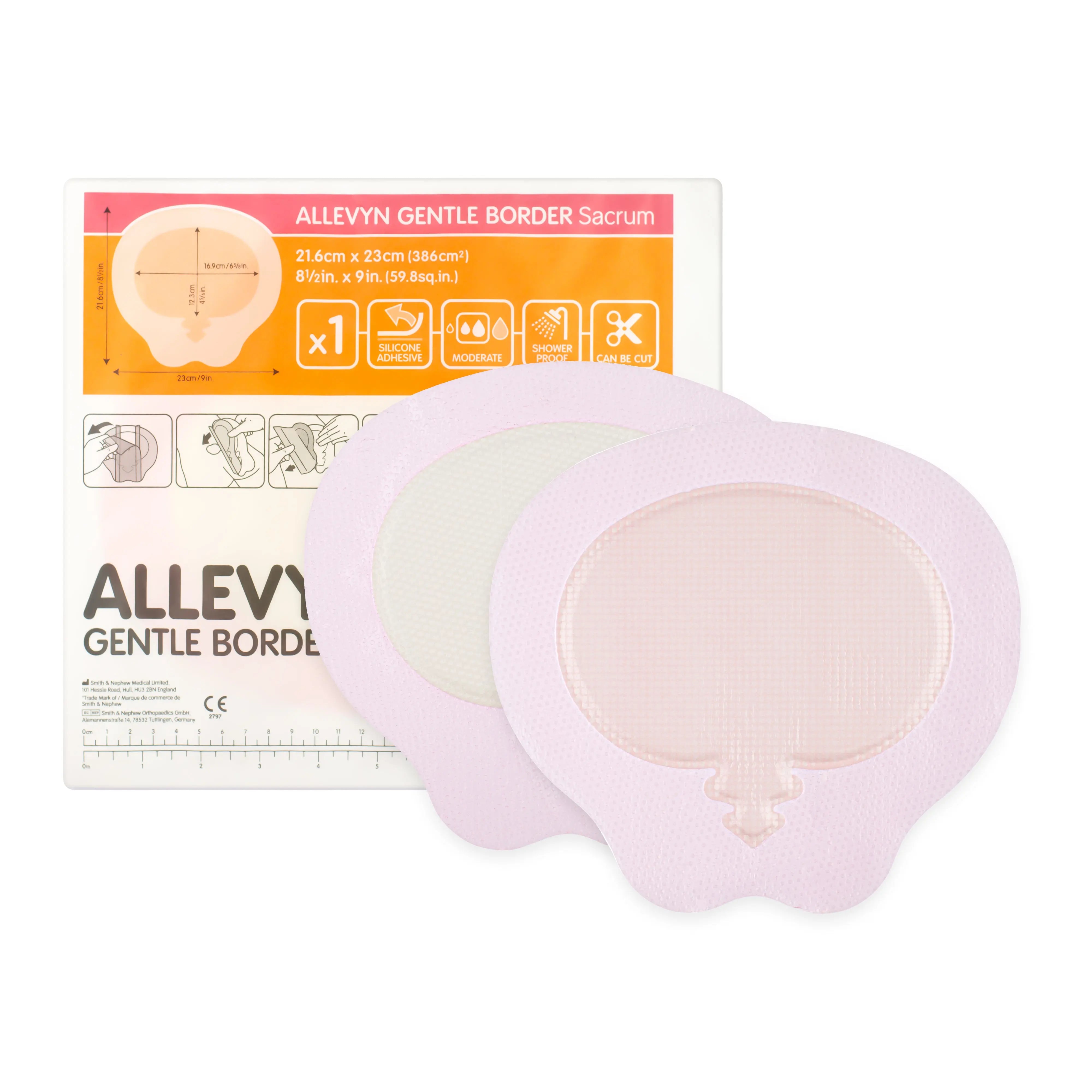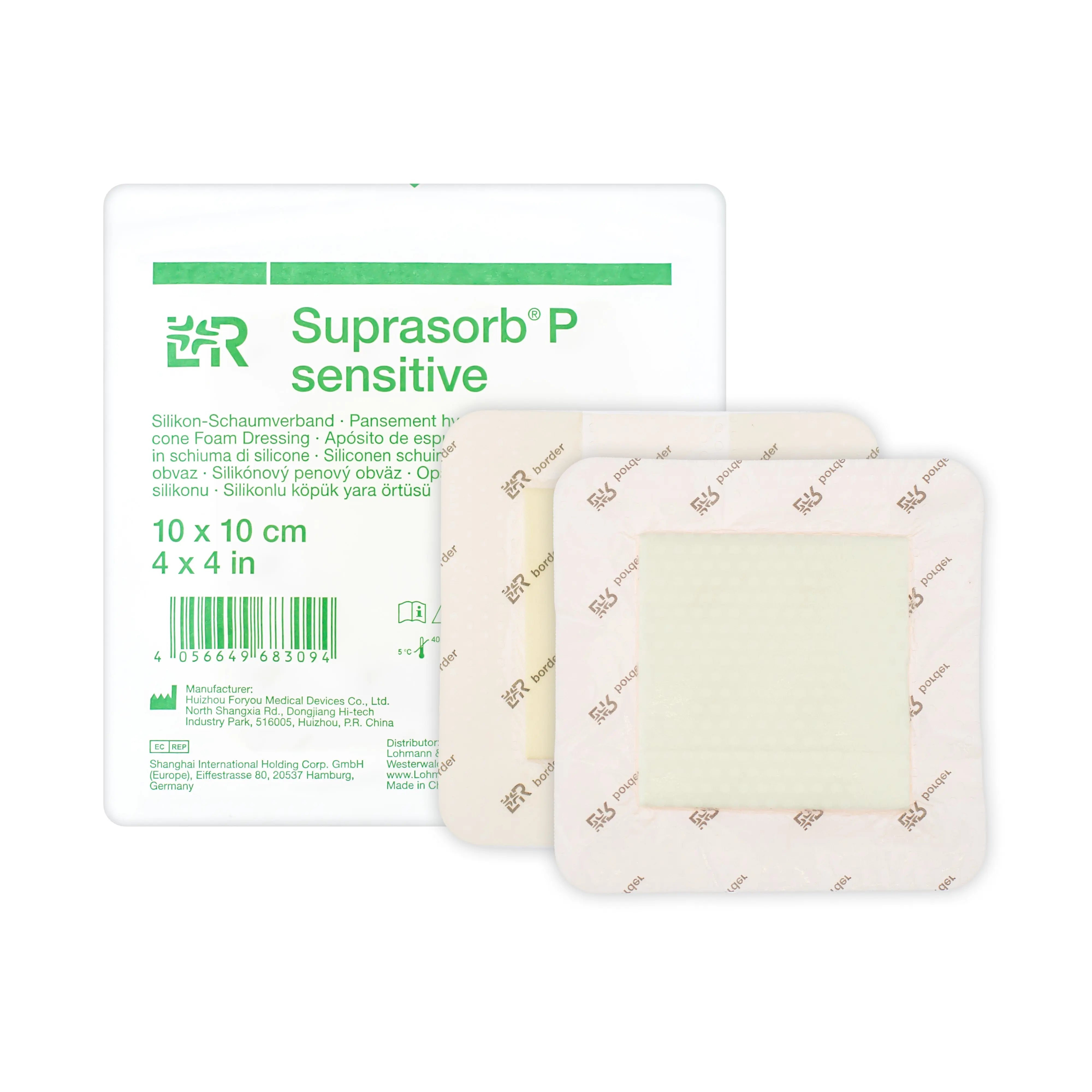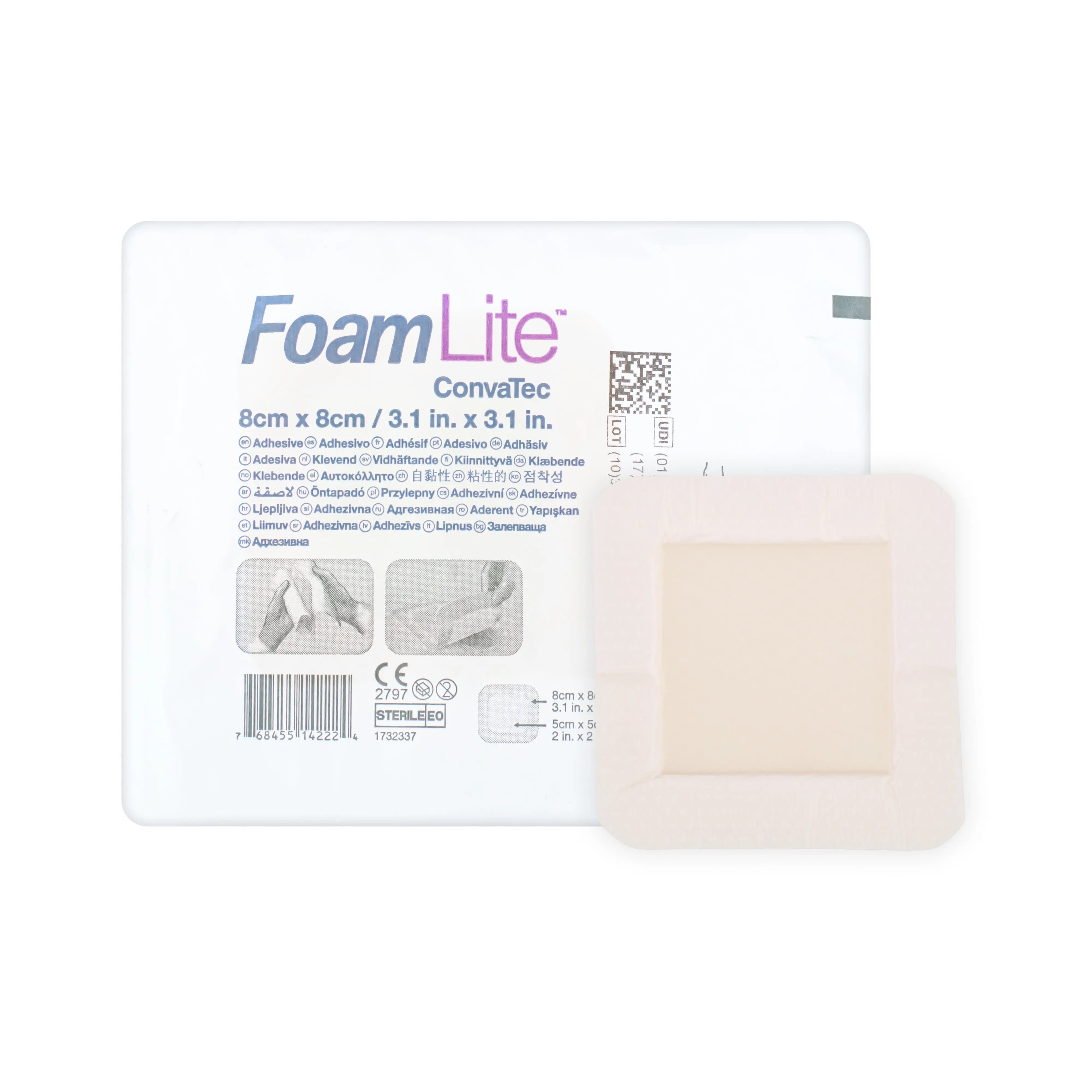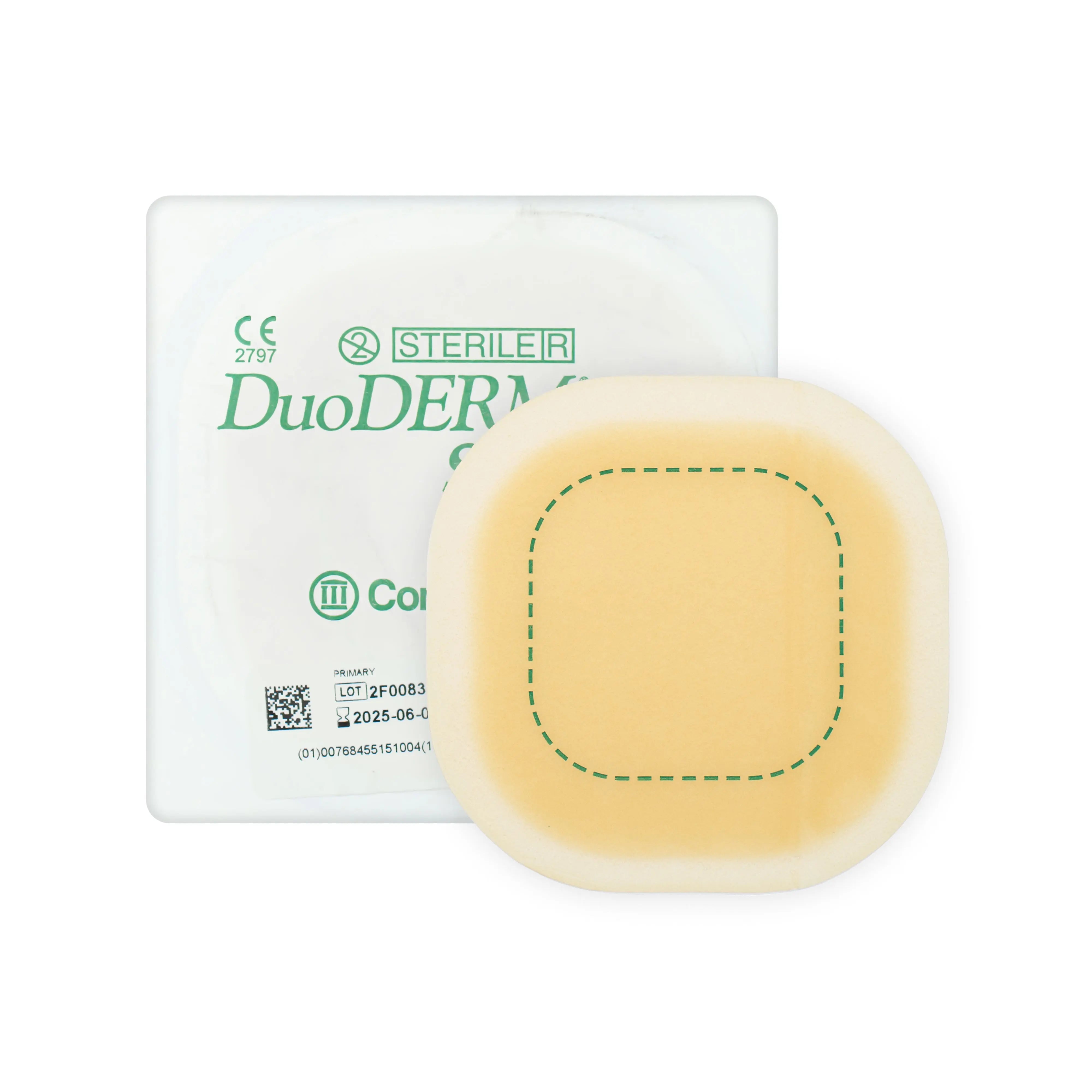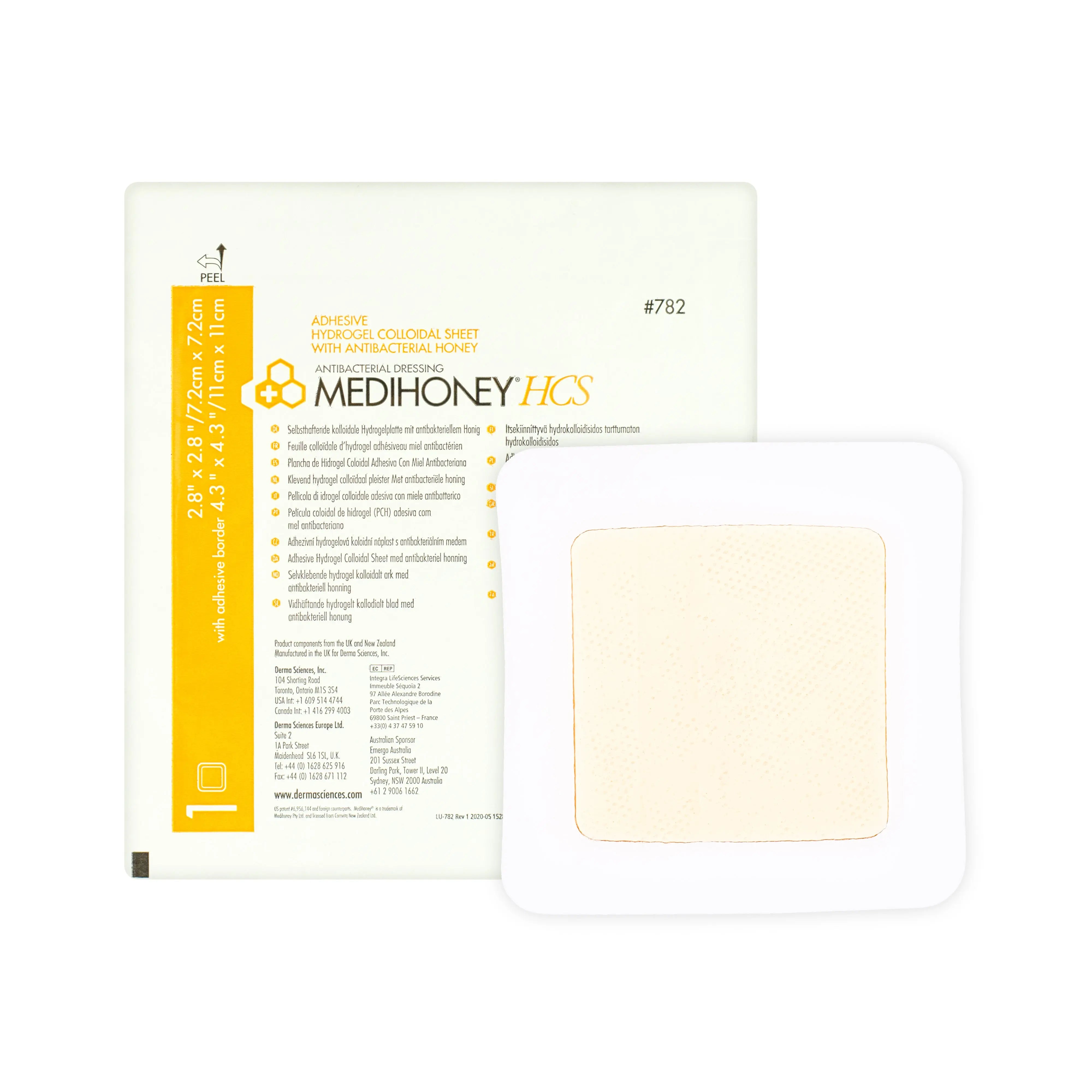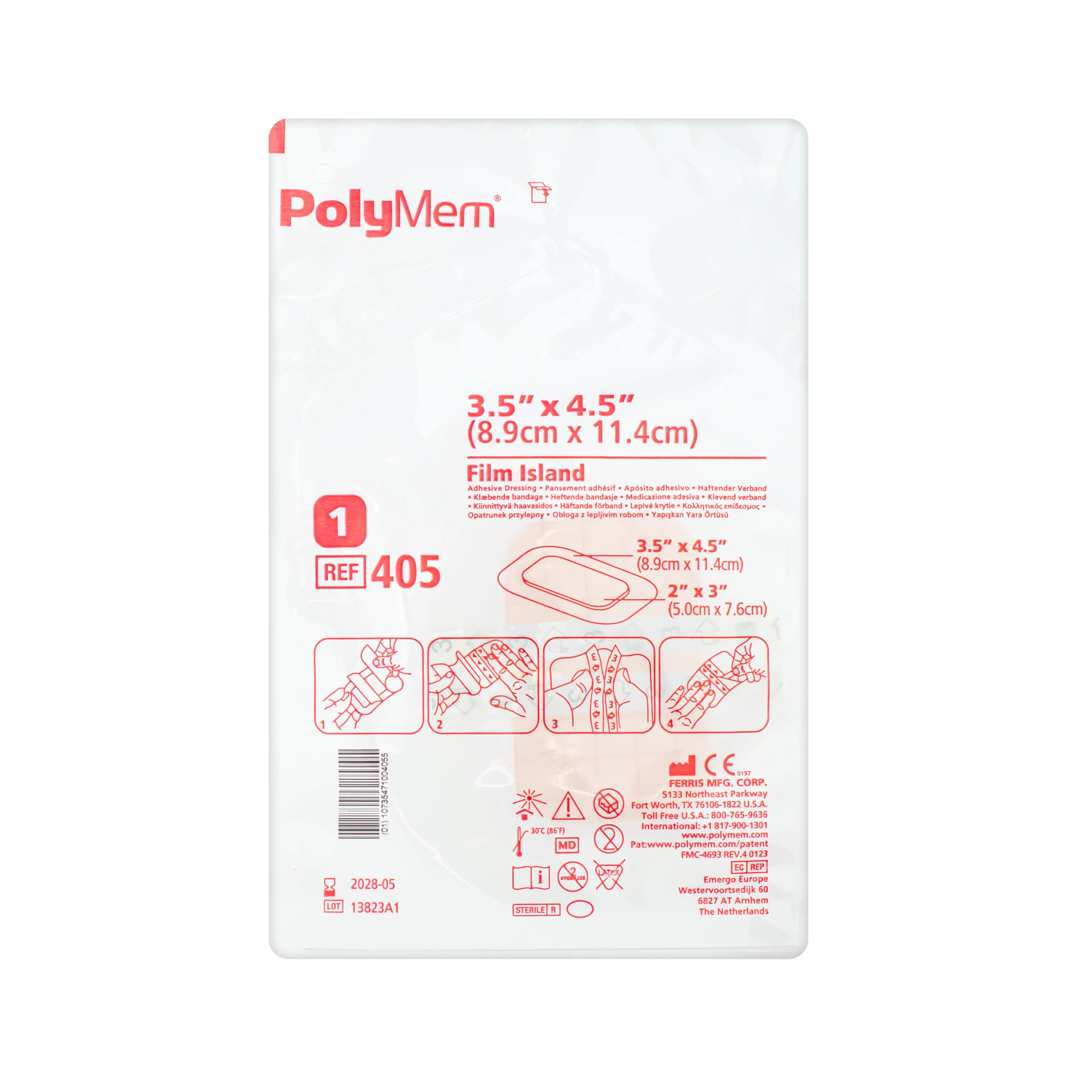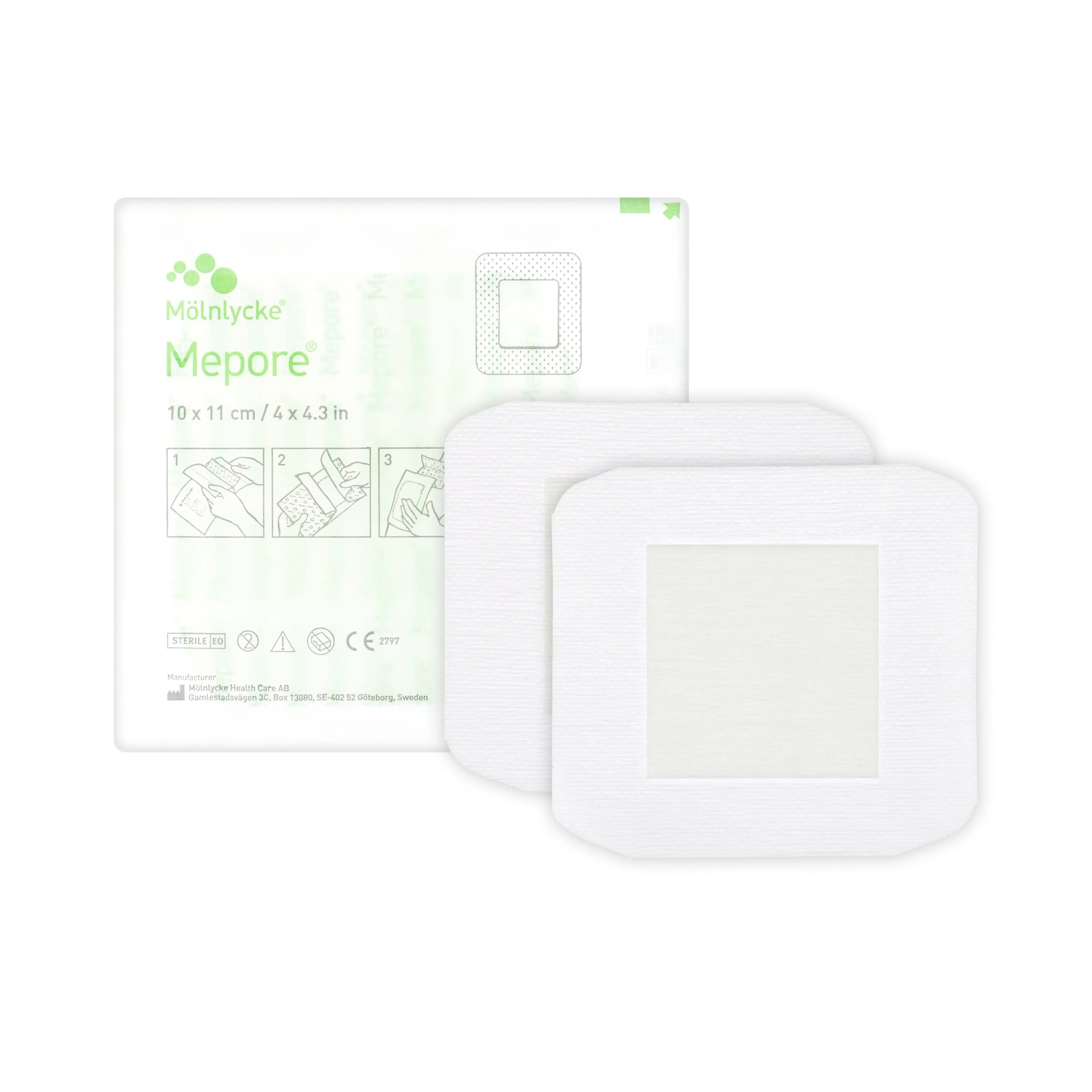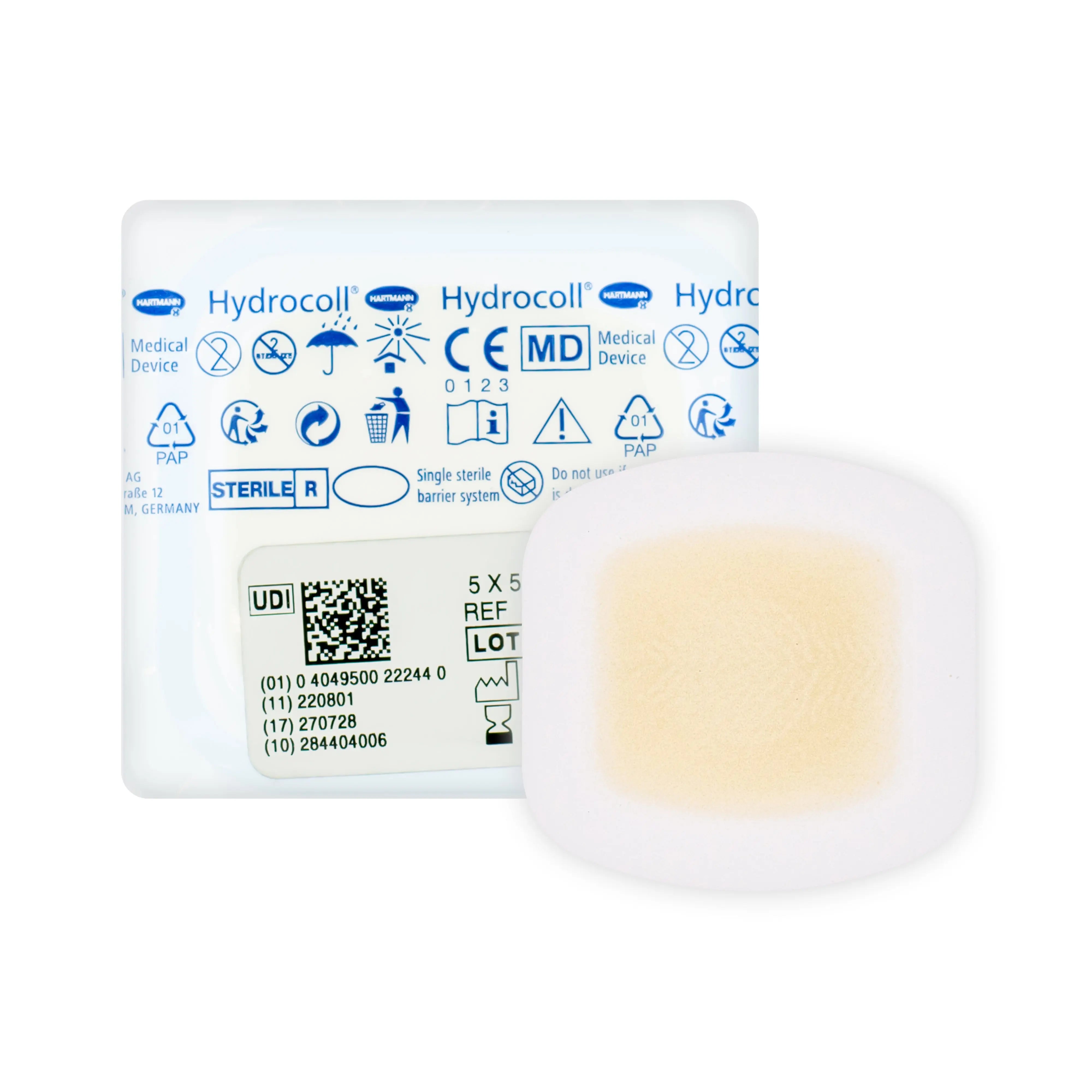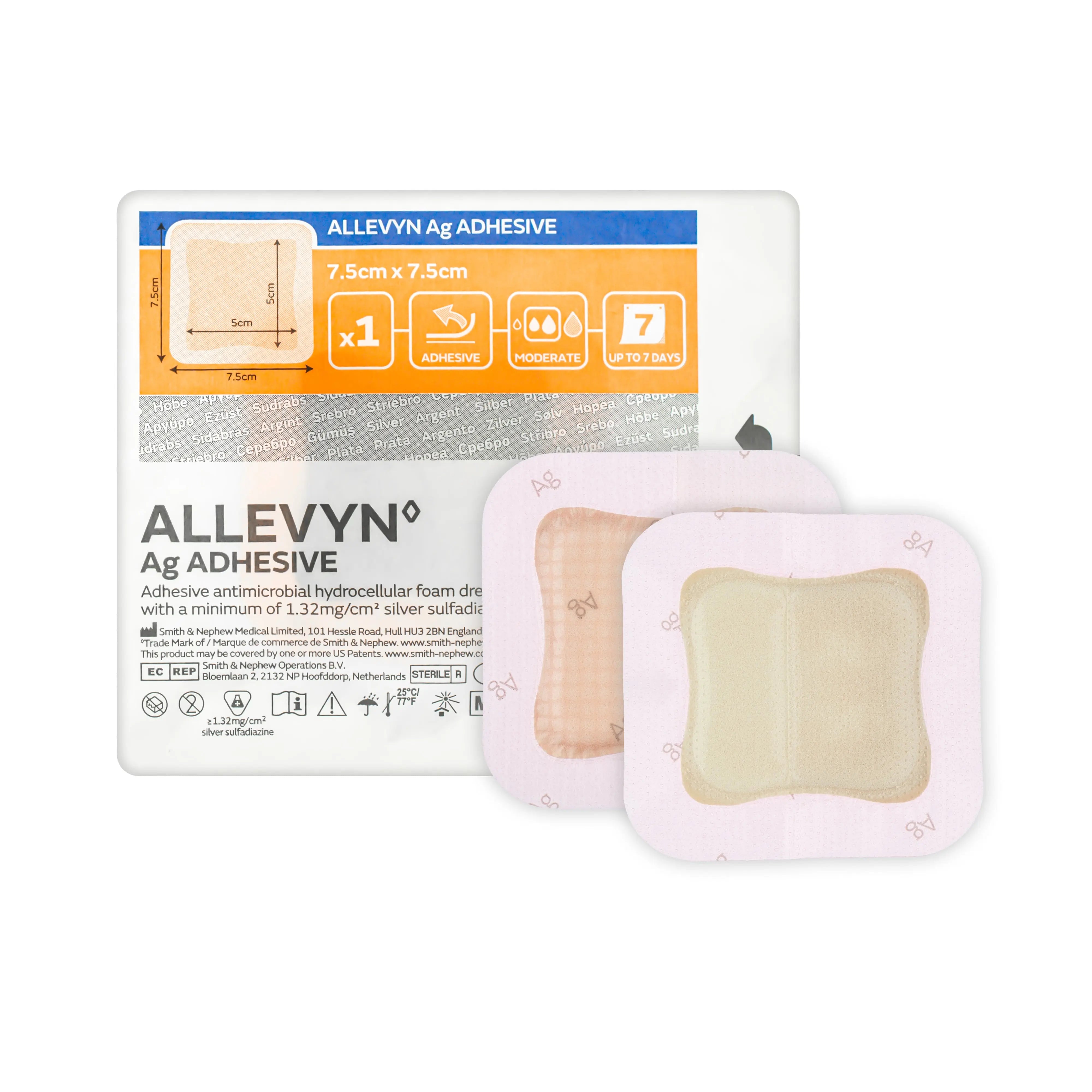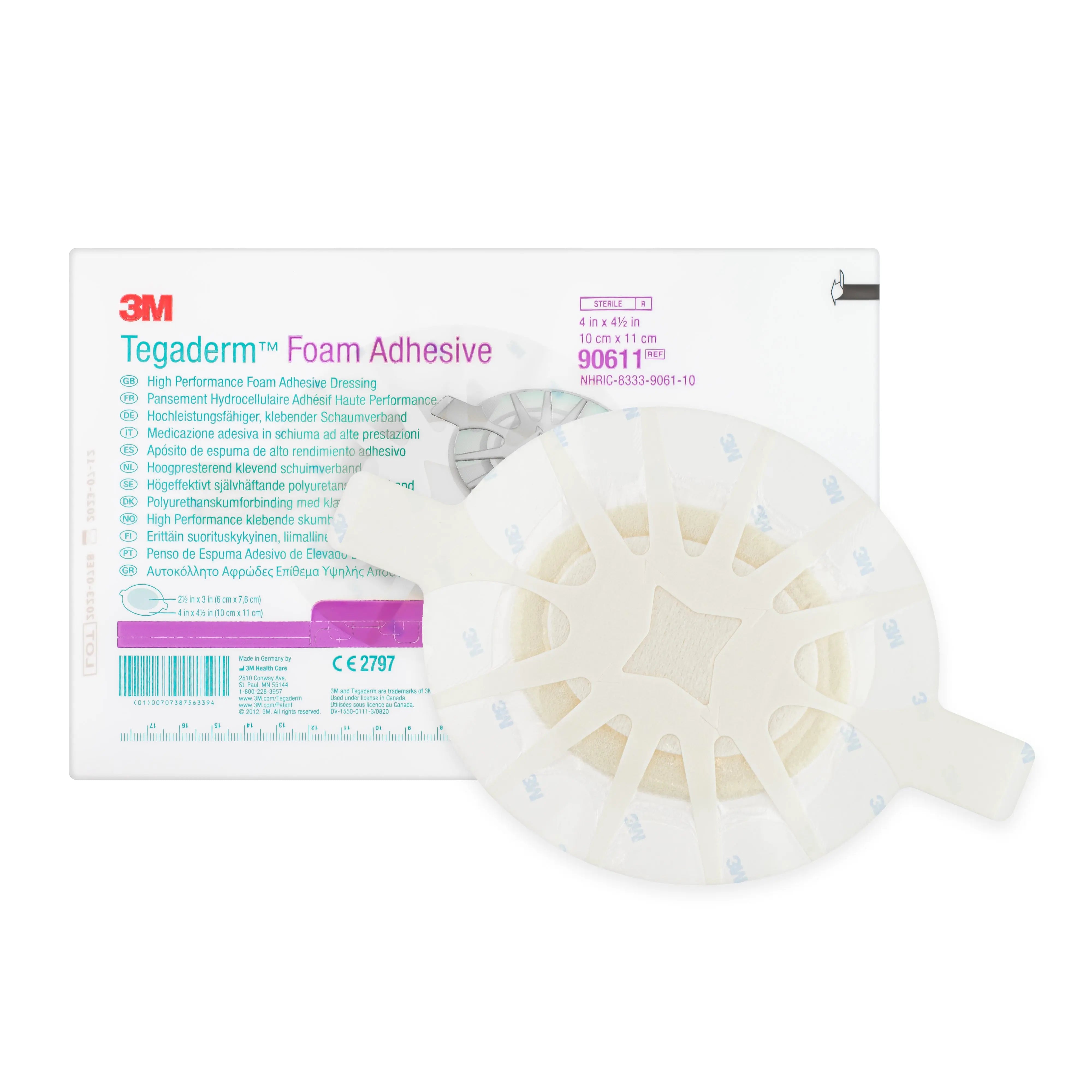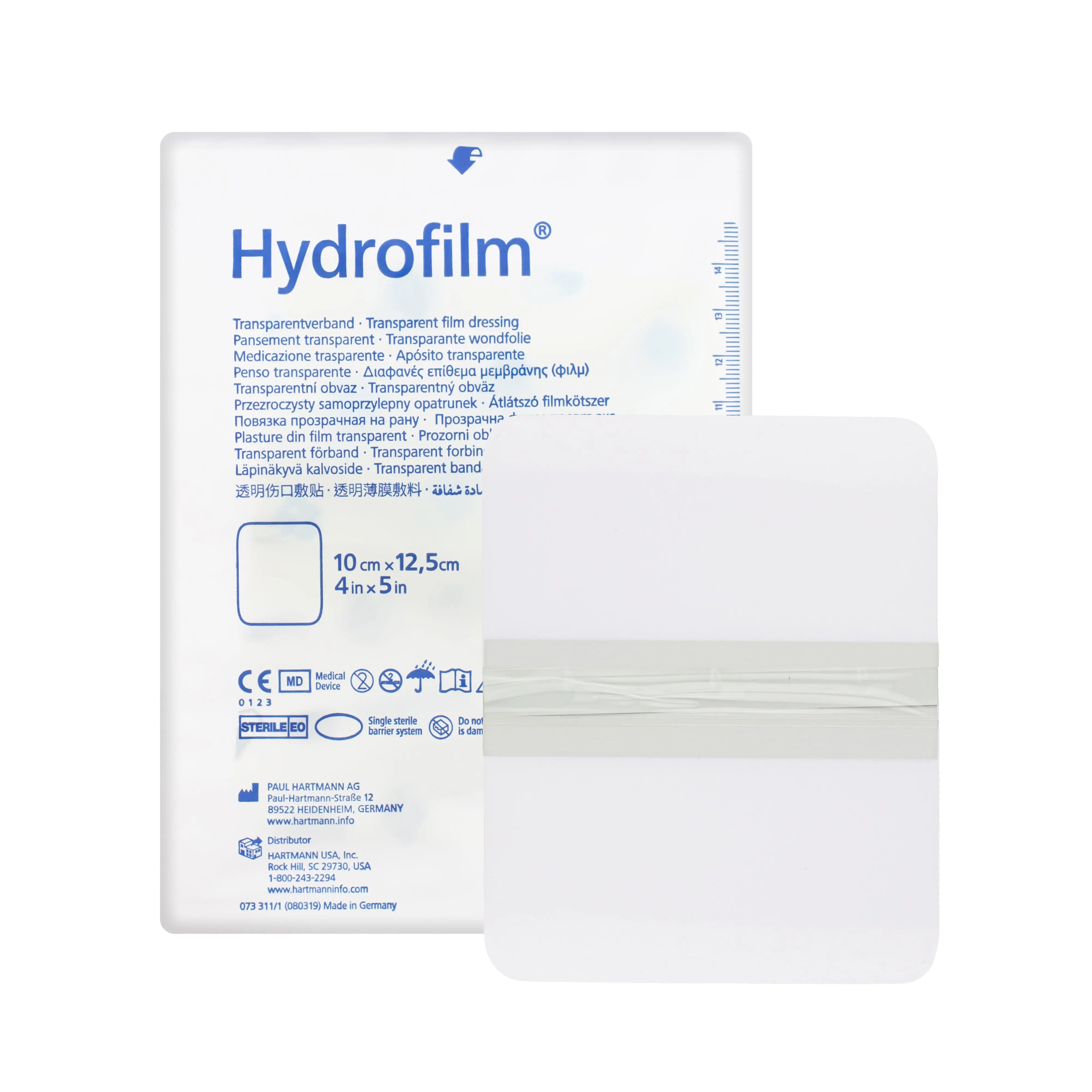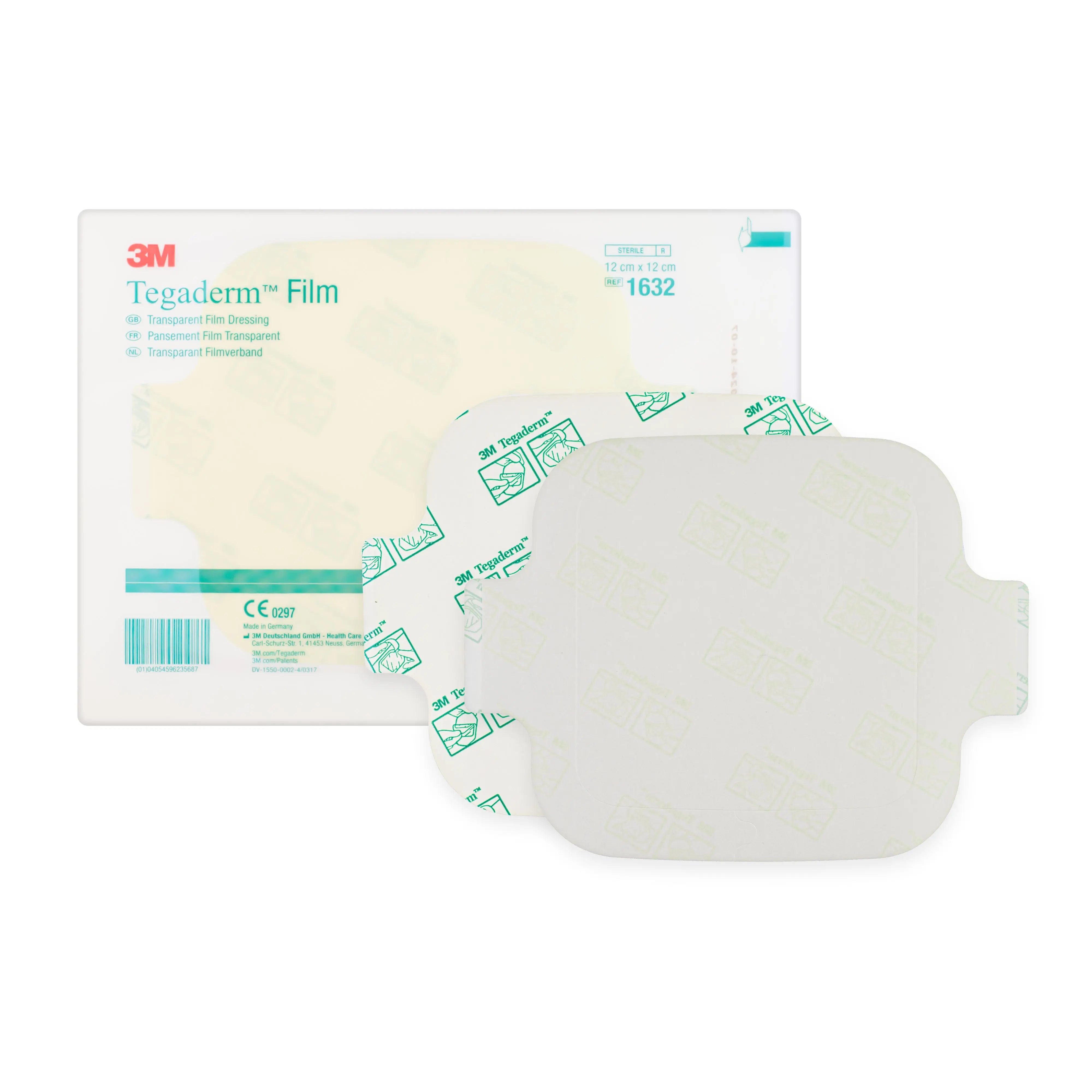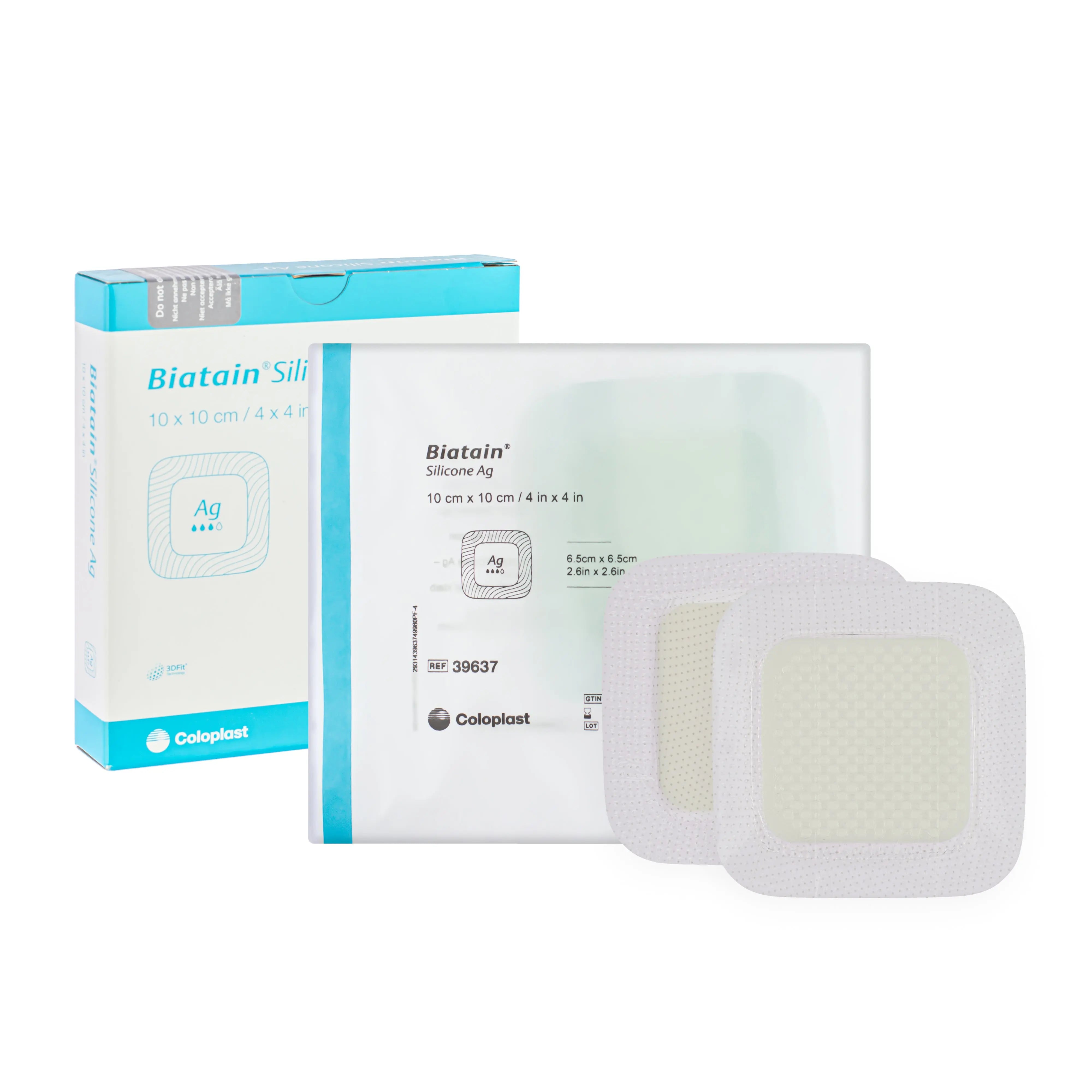What is a Border Dressing?
A border dressing is a type of wound dressing that features an adhesive border around its edges. This border is usually made of a soft, flexible material that helps secure the dressing to the skin without the need for additional tape or adhesive. The central part of the dressing, which covers the wound, can be made from various materials depending on the dressing’s intended use - such as foam, hydrocolloid, or film.
Key Features of Border Dressings:
- Adhesive Border: The dressing has a sticky edge that adheres to the skin, keeping the dressing in place and protecting the wound.
- Absorbent Core: The centre of the dressing is typically designed to absorb exudate (wound fluid), keeping the wound area dry and promoting healing.
- Cushioning: Some border dressings offer cushioning to protect the wound from external pressure or friction, making them comfortable for the user.
Does a Border Dressing use adhesive?
Yes, a border dressing uses an adhesive to stick to the skin. The adhesive is usually gentle and designed to minimise irritation or damage to the surrounding skin when the dressing is removed. The adhesive border not only secures the dressing but also helps to create a seal around the wound, reducing the risk of contamination and infection.
How often should my Border Dressing be changed?
The frequency of changing a border dressing depends on several factors:
- Wound Condition: If the dressing becomes saturated with wound fluid, it may need to be changed to prevent maceration (softening and breakdown) of the skin around the wound.
- Type of Dressing: Some border dressings are designed to stay in place for several days, while others may need to be changed more frequently.
- Clinical Advice: Always follow the guidance of your healthcare professional or the manufacturer’s instructions regarding how often to change the dressing.
Can I trim a Border Dressing to size?
Yes, in most cases, you can trim a border dressing to size, but it’s essential to do so carefully:
- Before Trimming: Make sure the dressing is clean and sterile. Trimming should be done with sterile scissors to avoid introducing bacteria.
- Trimming the Border: You can trim the adhesive border to better fit the wound area. However, avoid cutting into the central absorbent part of the dressing, as this could affect its effectiveness.
- Reassessing the Fit: After trimming, ensure the dressing still fully covers the wound and that the adhesive border can adequately seal around it.
Always check the manufacturer’s guidelines, as some dressings may have specific instructions or restrictions regarding trimming.
